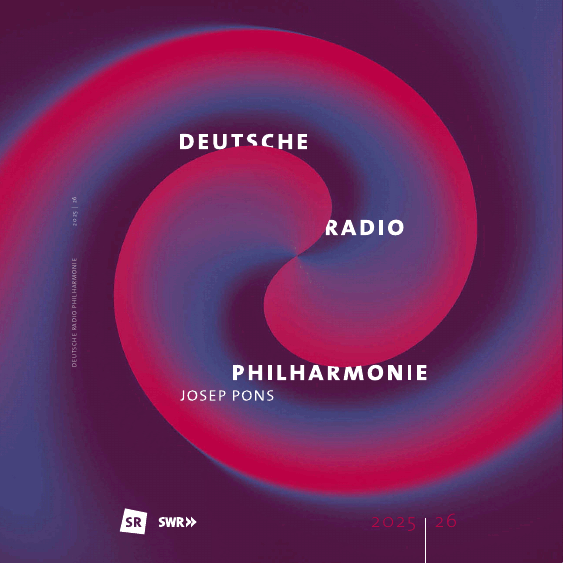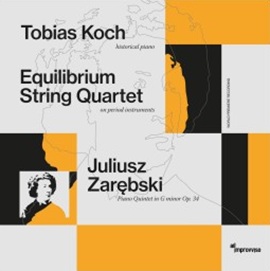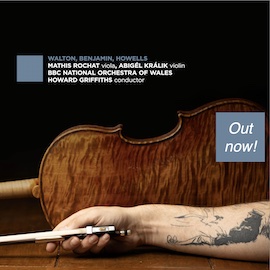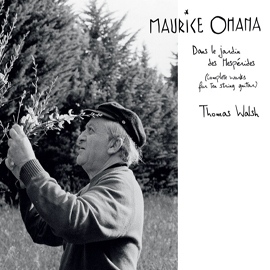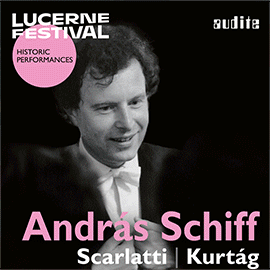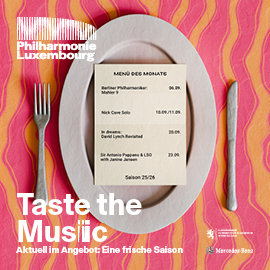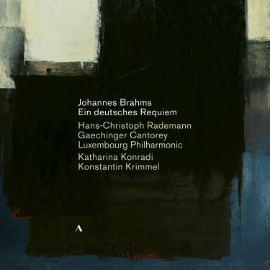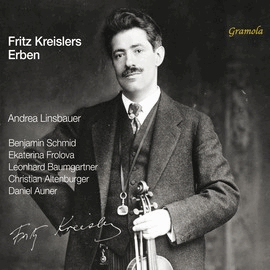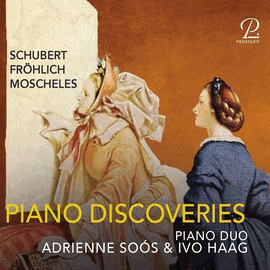After the new headquarters of the Gheorghe Dima Academy of Music in Cluj-Napoca (Romania) were inaugurated in September, the Heritage concert hall has been inaugurated yesterday. Remy Franck attended the festivities.
Comprising the Academy and the concert hall, the project, realized entirely from government funds (initially planned for € 25,2 million and built for 50 million) is the largest single investment by the Romanian state in cultural and educational infrastructure since the end of the communist era in 1989. At the same time the 1 031-seat Héritage Hall, the largest concert hall built in Romania after 1989, is the heart of the campus. Designed by the architect Cristian Mihăescu, the hall is a multi-purpose space for symphonic, chamber and choral concerts, opera and ballet.
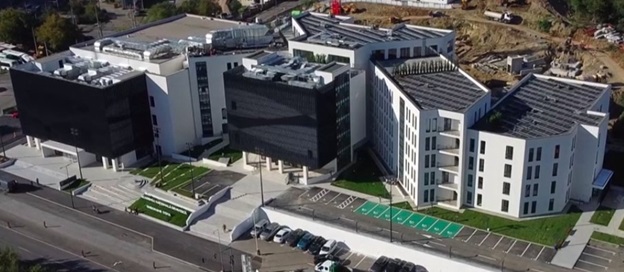
Gheorghe Dima National Academy of Music, Cluj (c) ANMGD
The Academy building has another two amphitheaters of 239 seats each. While we were able to enjoy a guided tour through the building, we only could marvel at what we saw.
It is almost unbelievable that this music campus was build fort only 50 million Euros.
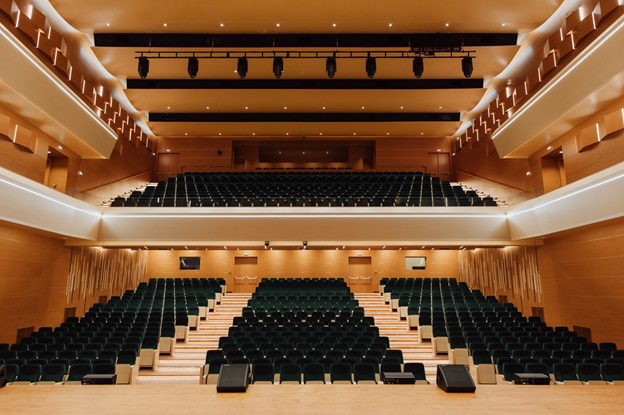
Héritage Hall, Cluj (c) ANMGD
The Héritage Hall, which will host the ICMA Gala concert in 2027, is well designed, luminous and, above all, acoustically excellent. There is a suspended ceiling with 10 curved waves. Walls and ceiling are made of hardwood delivered by the Swedish company Gustafs, offering not only sonic performance but also visual sophistication.
The acoustics are calibrated according to the most demanding international standards and a reverberation time of 1.55 seconds.
The Heritage Hall’s stage has a maximum capacity of 200 people, and features a 50-60 person capacity pit equipped with a spiralift ramp elevator, which can bring the pit to the stage level.
Clear and transparent sound
During the inaugural concert we experienced a full, very present, and clear sound. The sound is transparent so that you can hear all the instruments and at the same time the sound is balanced so that it becomes totally natural. In this hall you could make recordings using just to microphones. Every composer would be delighted to hear his music in such good conditions.
A young and committed orchestra
The inaugural concert was performed by the Transylvania State Philharmonic Orchestra, the resident orchestra at Héritage Hall. This ensemble was founded in 1955.
The city of Cluj-Napoca had been enjoying a symphonic tradition already since the beginning of the nineteenth century, through the activities of the Orchestra of the Hungarian Theatre (founded in 1792), the Music Society and the Music Circle. During the interwar period, symphonic events were organized by the orchestras of the Romanian Opera (founded in 1919), Hungarian Theatre and by the Goldmark Orchestra, which belonged to the city’s Jewish community.
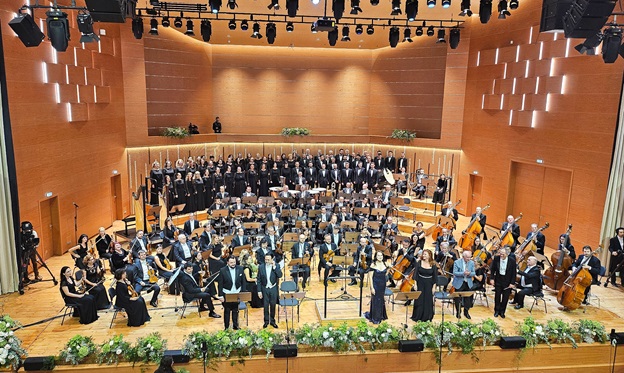
Héritage Hall, Cluj-Napoca
(c) Remy Franck
What immediately impressed me with this orchestra is the commitment of the mostly young musicians. Almost very musician is sitting on the edge of the chair. Winds are excellent and the strings sound coherent and finely shaped. According to several people, the orchestra in Cluj is among the very finest in Romania.
The concert started with a very lively und folkloristic, highly colored, and detailed interpretation of George Enescu’s first Romanian Rhapsody conducted by Lawrence Foster. He then was at the helm of the orchestra for a vigorous performance of Bruch’s violin concerto with Gabriel Croitoru
Cristian Mandeal, the orchestra’s Principal Conductor conducted Beethoven’s Ninth Symphony with soloists Anita Hartig, Cristina Damian, Marius Vlad Budoiu Mihai Damian and the Philharmonic Choir. Once again, we war enthused with the acoustics, as was the audience who gave the artists on stage an ovation.
So, if any inauguration of a new concert hall is an important event by itself, the one of the Héritage Hall is proof of the committed cultural policy in Romania, which is in the process of soaring to new heights after a difficult start in the post-communist era.



